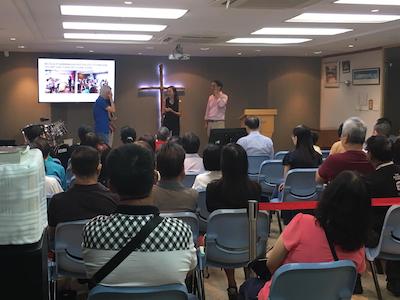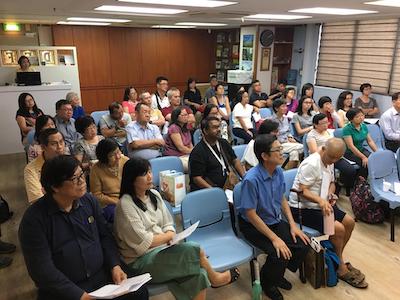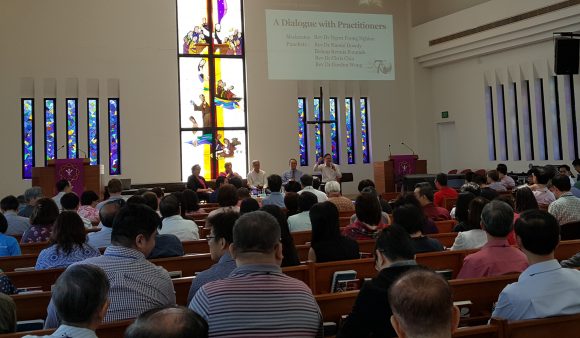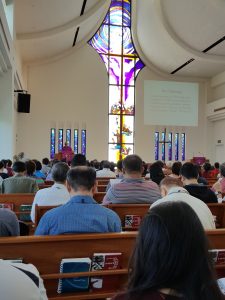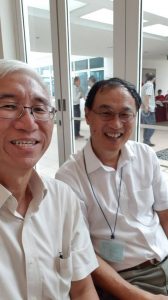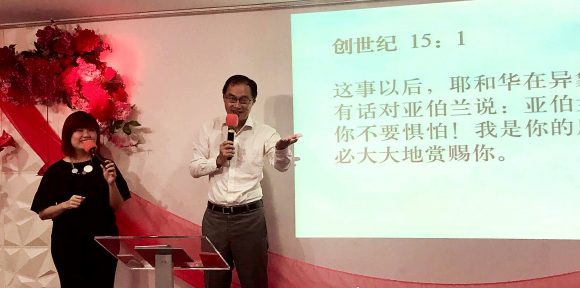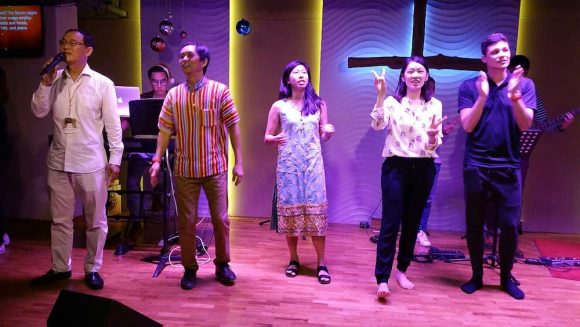How do you preach the Psalms faithfully? The Psalms are prayers that are sung. Some call it the prayer book of Israel. They are Hebrew poetry and is designed to move the heart. Although there are wisdom psalms that may be more logical and cognitive in impact, most of the psalms touch our emotions and desires. How can I preach it and reproduce a similar impact? I find this difficult. I find myself dissecting, and analysing by breaking down and then synthesising and re-organising the material in didactic, conceptual and systematic. And what is meant to move the heart loses its power and fails to move the heart. In a way, it misses the mark.
A case in point, on Sunday I preached Psalm 95. It is a psalm that celebrates God’s greatness as King, Creator and Shepherd and why he deserves to be worshipped appropriately. It is punctuated with shouts of joy, and notes of “come let us”. Then it suddenly shifts into a poignant warning to about what true worship really is – a surrender to God’s will and voice. From joyous exaltation and call to worship to an unexpected warning to listen and obey.
However, the setting explains that sudden shift. The Psalm was to re-assure the Israelites in exile that God is great even as they ended up deported to Babylon and the Temple laid in ruins. It was meant to explain that they ended in this state because like the generation in Moses time, they too had not listened and obeyed God’s voice. Very hard-hitting and sensitive issue. It should anger the hearer, raise defensiveness or produce repentance. The question is how do you preach this text in such a way that it had the same impact that it originally wanted to achieve? True exposition should not merely bring out the real meaning of the text but to also seek to reproduce the original impact intended.
Here is the Psalm 95 in ESV:
Oh come, let us sing to the Lord;
let us make a joyful noise to the rock of our salvation!
2 Let us come into his presence with thanksgiving;
let us make a joyful noise to him with songs of praise!
3 For the Lord is a great God,
and a great King above all gods.
4 In his hand are the depths of the earth;
the heights of the mountains are his also.
5 The sea is his, for he made it,
and his hands formed the dry land.
6 Oh come, let us worship and bow down;
let us kneel before the Lord, our Maker!
7 For he is our God,
and we are the people of his pasture,
and the sheep of his hand.
Today, if you hear his voice,
8 do not harden your hearts, as at Meribah,
as on the day at Massah in the wilderness,
9 when your fathers put me to the test
and put me to the proof, though they had seen my work.
10 For forty years I loathed that generation
and said, “They are a people who go astray in their heart,
and they have not known my ways.”
11 Therefore I swore in my wrath,
“They shall not enter my rest.”
I came up with a title (GOD IS WORTHY OF WORSHIP) and an outline that was more targetted to the mind than the heart:
- We worship because God is worthy. (He is our King, our Creator and Shepherd).
- We worship with praise and adoration. (Expressions of praise: sing, shouts of joy, thanksgiving. Expressions of adoration: kneel, bow down, prostrate. We move from praise to adoration – which includes a loving reverence that obeys)
- We worship together. (The fivefold repetition of phrase “come let us”)
How do you think this could be preached to have the same impact on emotions and conscience that the psalmist originally intended? I would love to hear your opinion.
